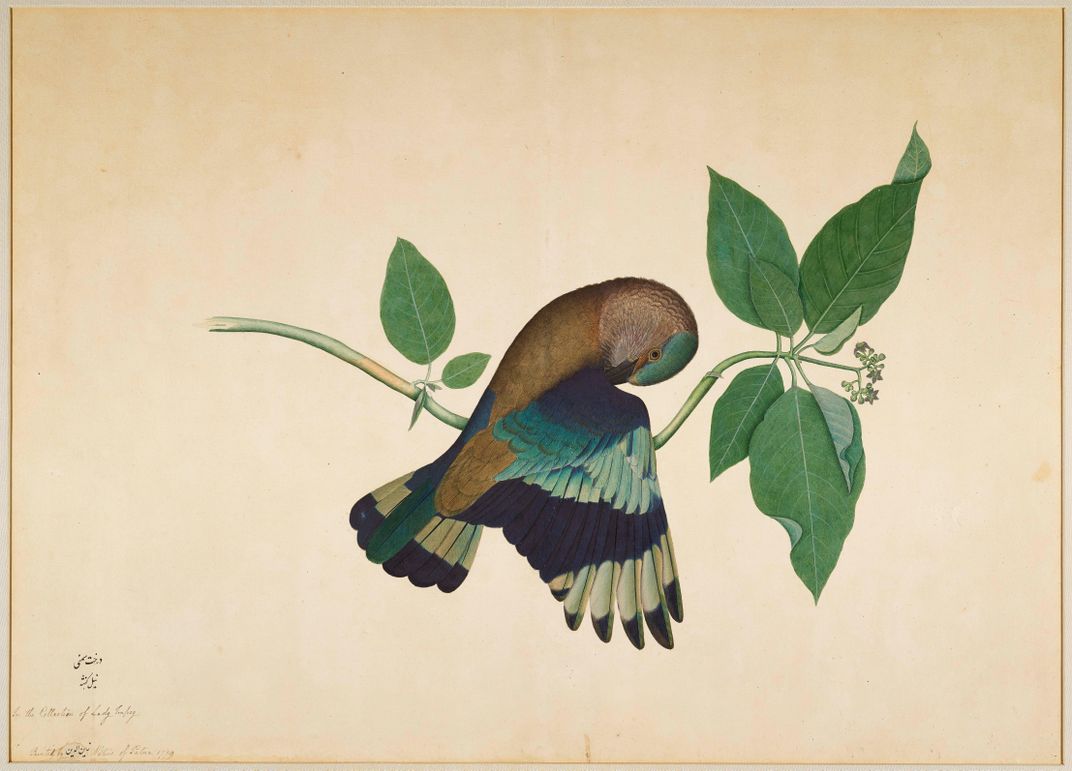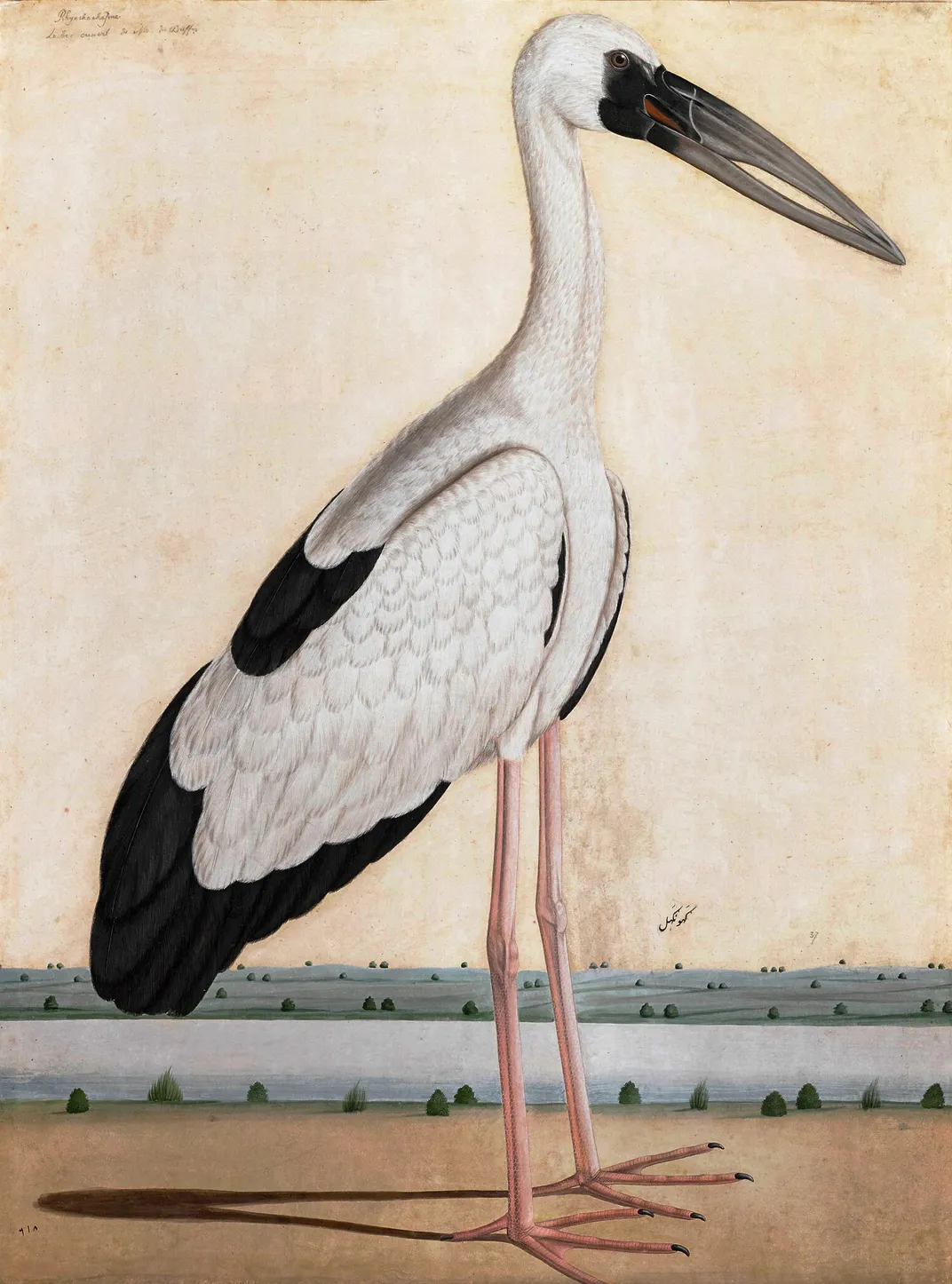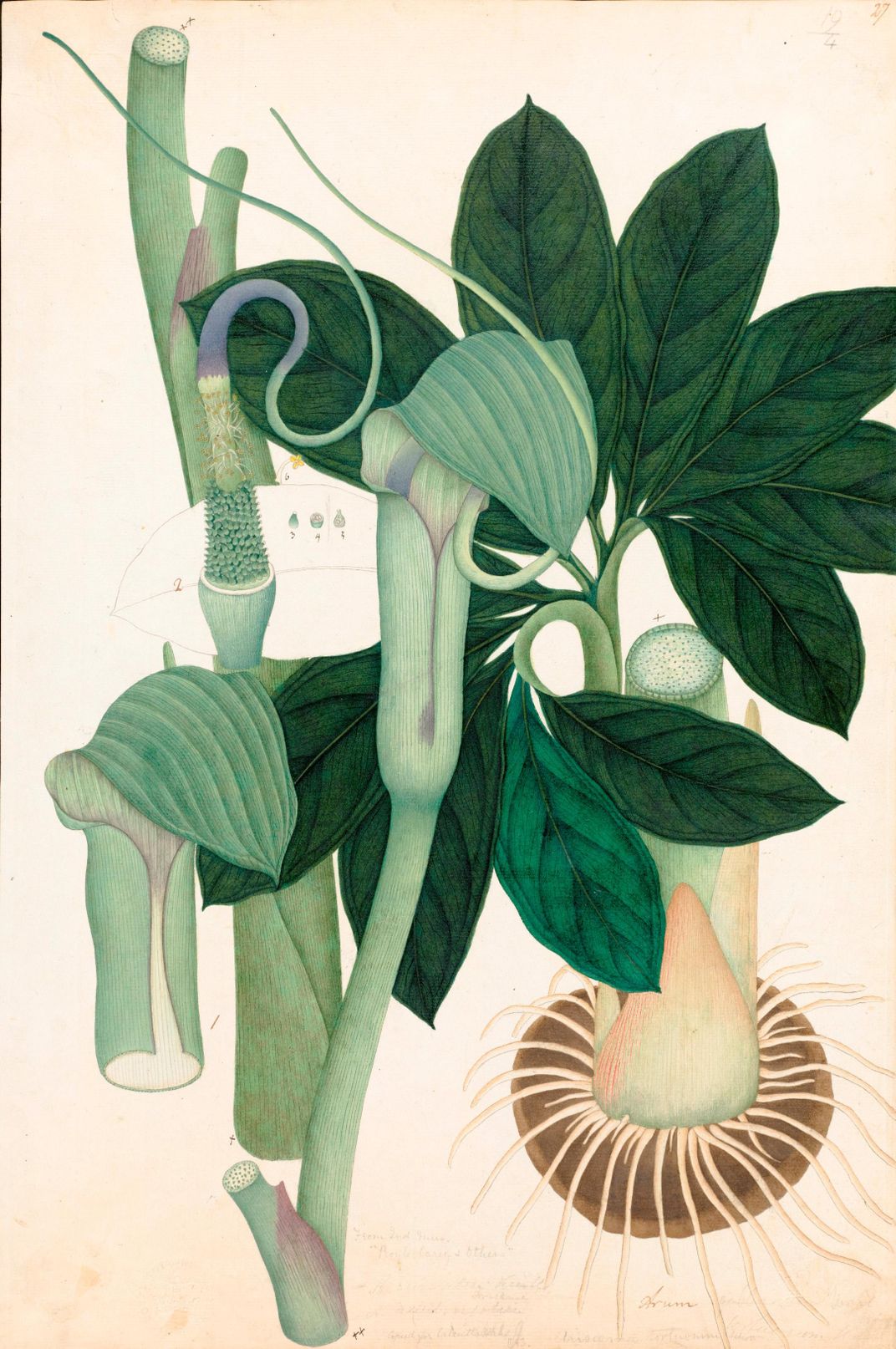Patna, BIHAR (BRITISH INDIA) :
An 18th-century album of India’s flora and fauna showcases the startling work of an overlooked master.
:focal(5160x3330:5161x3331)/https://tf-cmsv2-smithsonianmag-media.s3.amazonaws.com/filer/0c/d1/0cd129c2-7c42-455e-8e45-6ae7b7da7fce/dec2019_d01_prologue.jpg)
In the late 1770s, a British colonial official named Sir Elijah Impey and his wife, Lady Mary, commissioned the Indian artist Shaikh Zain ud-Din to catalog a private menagerie, including various bird species, the couple had assembled at their home in Calcutta. Using paper and watercolors from England, Zain ud-Din, a Muslim from the city of Patna, modeled his work after English botanical illustration, but he also brought to the job his training in the ornate Mughal artistic tradition—and his own distinctive style. Today critics praise the quality of the colors and the composition, in which a bright, simple background offsets the keenly wrought details of plants and animals. “Everything is incredibly precise and beautifully observant,” says Xavier Bray, director of London’s Wallace Collection, which this month mounts the first UK exhibition of works by Indian artists commissioned by officers of the British East India Company.
The expat aristocrats who patronized Zain ud-Din and his fellow artists had been sent abroad to help manage their country’s growing empire, but once there many, like the Impeys, fell in love with the subcontinent, as well as its flora and fauna. “These paintings,” Bray says, “were made into albums to be leafed through back home, on a rainy day, drinking Earl Grey tea.”
History failed to record much about Zain ud-Din’s life beyond his watercolors for the Impeys. But the new show, which includes 99 paintings of nature studies, portraits and landscapes by 18 artists, makes an argument that he and his contemporaries should be recognized on their own merits, as some of India’s greatest painters. “Anything with a colonial air about it is now considered politically incorrect,” Bray says. “But what we’re trying to do is bring back these extraordinary artists who have been almost completely forgotten.”




source: http://www.smithsonianmag.com / Smithsonian Magazine / Home> Arts & Culture / by Amy Crawford, Contributing Writer / December 2019








